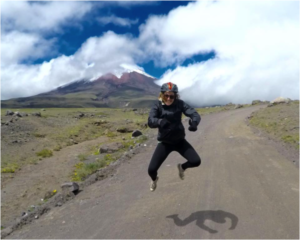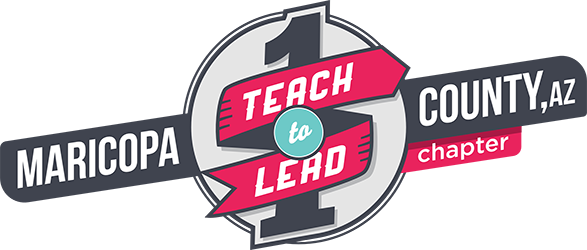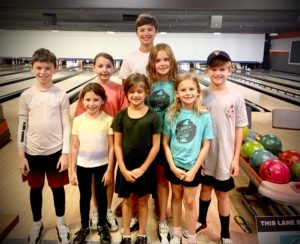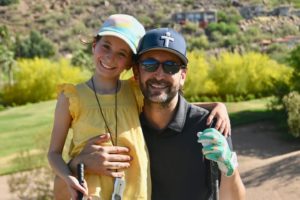Lindsay Palmer, Program Director
My husband and I were recently afforded the opportunity to take a year off from “real life” and travel through Central and South America. The trip of a lifetime, really. I was doing some organizing of pictures the other day and came across this photo.
 It’s one of my favorites of me from our trip, and was taken on one of my favorite days. We went downhill mountain biking 15 kilometers or so, starting at the base of Cotopaxi, Ecuador’s second largest volcano. I was having an epic day. Typically, I don’t trust things on wheels, but that day, I was feeling it! Nate’s bike got a flat tire so we stopped for a minute to fix it, and I took the opportunity to pose for some snaps to celebrate my new found confidence and speed on a bike.
It’s one of my favorites of me from our trip, and was taken on one of my favorite days. We went downhill mountain biking 15 kilometers or so, starting at the base of Cotopaxi, Ecuador’s second largest volcano. I was having an epic day. Typically, I don’t trust things on wheels, but that day, I was feeling it! Nate’s bike got a flat tire so we stopped for a minute to fix it, and I took the opportunity to pose for some snaps to celebrate my new found confidence and speed on a bike.
What this picture doesn’t show though, is the nasty spill I took about 10km later where I dislocated my shoulder. Confidence took a hit on that one too.
I could have easily just posted this picture on social media and let all of my friends and family believe that everything was really as jolly as this pic made it seem. That’s what most of us do, right? But that would be false. And what does that really accomplish in the end?
When we enter into mentoring relationships with students, something we often request (or even require) of our kids in authenticity. We want them to be real, vulnerable, and genuine with us so we can “help” them. But are we willing to do the same?
Healthy adult mentoring relationships have been proven to make a difference with at-risk kids, but those same kids are usually the ones that can smell “phony” from a mile away. Studies also show that “without some connection—involving such qualities as trust, empathy, authenticity, mutual respect, sensitivity, and attunement—the dynamics through which mentoring relationships can promote positive developmental outcomes seem unlikely to unfold”.**
Are we willing to lead by example and admit to our failures and weaknesses in order to earn their trust? Are we ready to have the tough conversations that go beyond the surface, even if they make us uncomfortable? Can we be vulnerable enough to discuss our limitations, or are we attempting to put forth a picture perfect image of an adult role model?
Let’s work on being real with kids, so they will be real with us. Take the opportunity to model this authenticity during the STORY portion of your T1L1 sessions, or during small group discussion. When we swallow our pride and admit to our short-comings, we may be surprised to see how much more we get from them.






